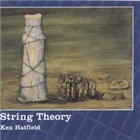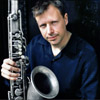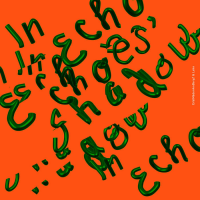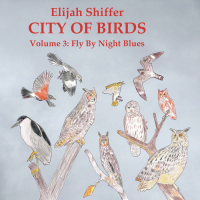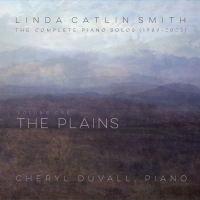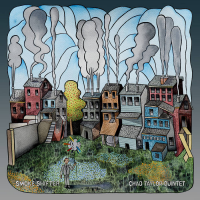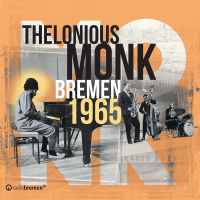Home » Jazz Articles » Album Review » Ken Hatfield: String Theory
Ken Hatfield: String Theory
The music on String Theory is a snapshot of what Hatfield is currently thinking about musically, as expressed through both compositions and performance. The liner notes by Hatfield are quite detailed and deserve inspection. The record is arranged as a collection of four suites that each explore different kinds of music for guitar.
"The Gospel According to Sam" and "String Theory" are both examples, with different instrumentation, of "real time multitracking" with no overdubbing. This means that they were conceived as duets, with the first recorded track providing the accompaniment as the second track was laid down. A remarkable feeling of two players playing simultaneously enlivens this music. The first piece, for classical guitar and dobro, is meant as a remembrance of his father, Sam, and his childhood in Virginia. Hatfield's abundant, amazingly clean dobro mixes surprisingly well with the other style and produces a "hillbilly fugue" in "Prodigal Son." "String Theory" could not sound more different as double-stringed mandolin floats above and flits around a Mozartean accompaniment in "Quirks and Quarks" and becomes not one, but sometimes two voices in the fugue-ish "Sparticles."
The "Snowhill Variations," which have an interesting story behind them, are series of thirteen short variations of the type that will be familiar to classical players, echoing those of Fernando Sor and J. S. Bach until the last one hits and a Brazilian rhythm pops up out of nowhere.
The last set, "Borges & I," was written as responses to the great writer's short stories. Probably the most interesting material on the record and the closest to what might be called jazz, these seven pieces of about two minutes each have a bit more internal complexity, as on "Delia Elena San Marco" and "El Otro." Never far away, however, is the feel of counterpoint with a Latin American undertone, which is an enchanting mix.
Jazz or not, String Theory is at the same time quite technically amazing and musically astute, scattering many pearls seemingly effortlessly and making for a string player's delight.
Track Listing
The Gospel According to Sam (three parts); Snowhill Variations (twelve parts); String Theory (three parts); Borges & I (seven parts).
Personnel
Ken Hatfield
guitarKen Hatfield: classical guitar, dobro, mandolin.
Album information
Title: String Theory | Year Released: 2006 | Record Label: Arthur Circle Music
Tags
PREVIOUS / NEXT
Support All About Jazz
 All About Jazz has been a pillar of jazz since 1995, championing it as an art form and, more importantly, supporting the musicians who make it. Our enduring commitment has made "AAJ" one of the most culturally important websites of its kind, read by hundreds of thousands of fans, musicians and industry figures every month.
All About Jazz has been a pillar of jazz since 1995, championing it as an art form and, more importantly, supporting the musicians who make it. Our enduring commitment has made "AAJ" one of the most culturally important websites of its kind, read by hundreds of thousands of fans, musicians and industry figures every month.


